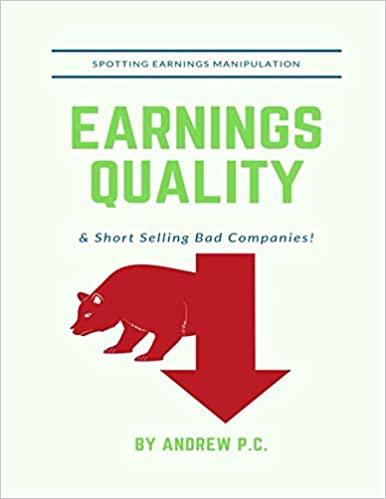Question
Suppose that, in 100 years, there will be a disaster that will certainly cause 100 trillion dollars in damages in that year (and only that
Suppose that, in 100 years, there will be a disaster that will certainly cause 100 trillion dollars in damages in that year (and only that year). We can spend 1 trillion dollars right now to prevent it, or we can do nothing, effectively investing that money in economic growth (for simplicity, those are the only two options). If the benchmark is to do nothing, then the value prevention is -$1 trillion in cost right now, and $100 trillion in saved damages 100 years from now. a. Suppose the discount rate is constructed purely from the time value of money, and thus an interest rate (perhaps the growth rate of the economy). Construct the discount rate as a function of . b. What is the net present value of prevention if = 0.05? Should we prevent the disaster? c. What is the net present value of prevention if = 0.01? Should we prevent the disaster? d. Explain why, if uncertainty around the cost of the disaster increases as we look further into the future, risk aversion means that we should effectively act as though is smaller. e. What is the largest can be where its still worthwhile to prevent the disaster?
Step by Step Solution
There are 3 Steps involved in it
Step: 1

Get Instant Access to Expert-Tailored Solutions
See step-by-step solutions with expert insights and AI powered tools for academic success
Step: 2

Step: 3

Ace Your Homework with AI
Get the answers you need in no time with our AI-driven, step-by-step assistance
Get Started


